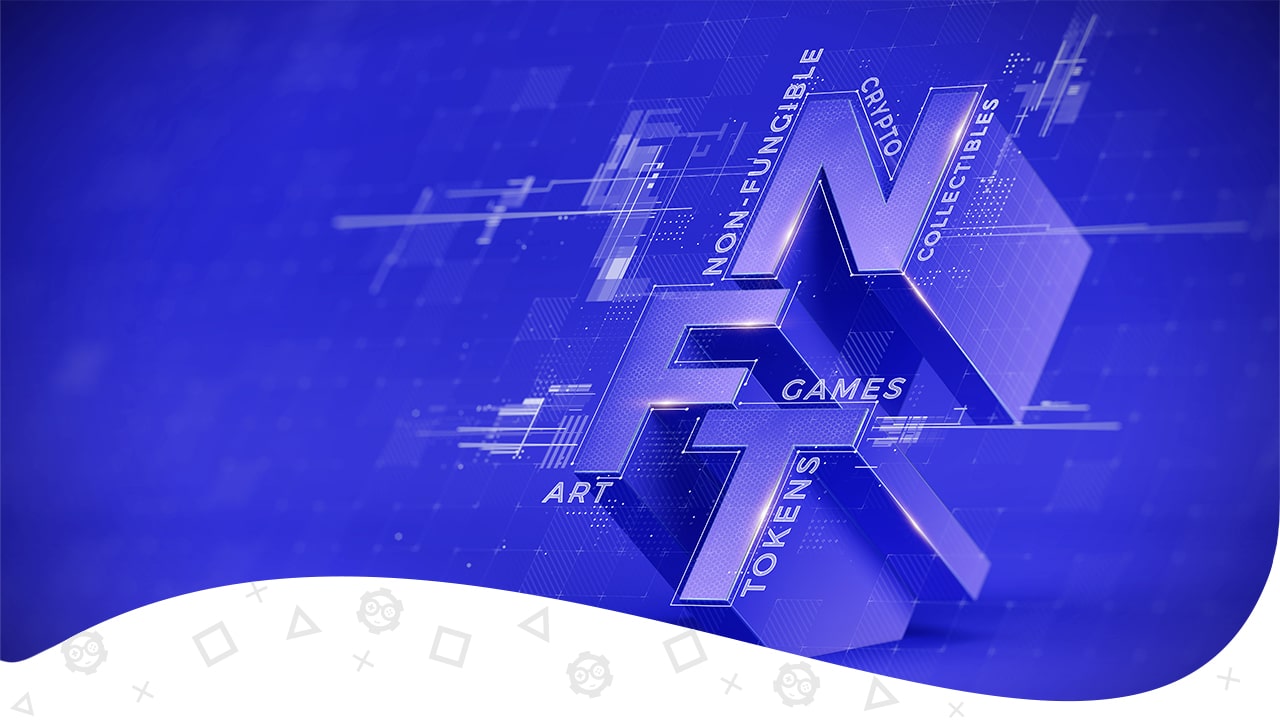A breakthrough technology arrived in 2015 when the first NFT named Etheria was launched. It was released at the DEVCON in London after Ethereum’s release.
The crypto community wasn’t aware of the immense potential of the non-fungible tokens, but that changed after 2020. This was when people started to know about an NFT game called Axie Infinity. The title had massive returns after investments of over $1,500.
Users realized they could get their investments back after two months, which is when the FOMO started to show up. The Axie fever couldn’t bear it, and their economy fell to its minimums and hasn’t returned.
This project broke the NFT barrier and paved the way for other projects. Non-tech-savvy and experienced users saw an increase in NFT proposals worldwide, with personalities like Tiana Laurence or Seoyoung Kim talking about blockchain and NFT adoption.
So, if you still don’t see the point of joining the NFT community or don’t know what a worldwide store like Nike would do by entering the metaverse, this article is for you.
This dummies guide covers all you need to know to understand why non-fungible tokens have limitless potential.
- Defining Blockchain Technology
- What Is a Non-Fungible Token?
- How NFTs Work In Simple Words
- Where Are NFTs Stored? Introducing Crypto Wallets
- Using NFTs For Marketing Purposes
- What Is the Point of Having a Unique NFT?
- NFTs For Dummies – Non-Fungible Tokens (NFTs) Benefits
- Creating NFTs As a Funding Method
- Big Brands With NFTs
- NFT For Dummies – Summary
Defining Blockchain Technology
A blockchain network is a database that stores information in pieces of blocks and requires transactions to read the information inside them. This technology is decentralized, so its governance spreads through multiple authorities.
This way, each time you make a transaction in the blockchain network, you interact directly with another person instead of using a third party. NFTs are also stored in the blockchain. They are also located in the owner’s digital wallet.
So, whenever someone purchases an NFT, this happens:
- The seller publishes their NFT in a marketplace.
- The buyer finds the NFT they want to purchase.
- A transaction starts in the blockchain (it can be the Ethereum blockchain network or another.)
- The buyer pays the marketplace’s transaction fee.
- The NFT gets transferred from one wallet address to the other.
All this process happens in a matter of seconds. Now imagine that single transaction multiplied thousands of times. That’s the blockchain. In fact, according to Blockchain.com, there are over 270,000 confirmed operations every day.
Every digital asset and web 3.0 platform – like NFT marketplaces, auction houses, and betting platforms – uses blockchain technology as part of its software. Each NFT created is also stored on the blockchain, which is how proof of ownership works.
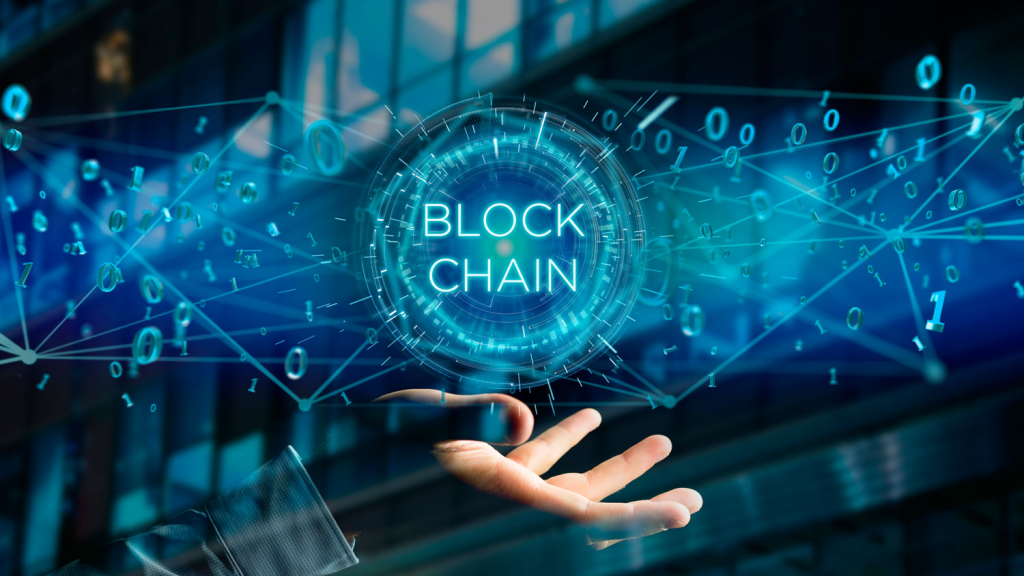
What Is a Non-Fungible Token?
So, what is this NFT phenomenon?
NFT means Non-fungible Token. This itself is not explanatory, so let’s break it down.
Non-fungible means that it’s not replaceable. Each NFT created is unique. But NFT depends on something else—the Token part.
A token is a digital certificate the Blockchain uses to identify items in your wallet. It’s proof of ownership expressed in a unique identifier, which means it’s not transferable.
Now that you have this clear, the NFT is a digital asset that, for its properties, is unique, untransferable, and irreplaceable. That nature is what gives NFT its value in an NFT marketplace.
The asset is stored in the blockchain and linked to a digital wallet to prove ownership. When you exchange this asset, the buyer signs a smart contract and gets the NFT for the value you determine.
This new technology shook the world of digital commodity investing by bringing the possibility of turning almost anything into tokenized assets. You could have pictures, music, games, clips, gifs, certificates, records, or virtual world patents and turn them into NFTs.
This is a global market trend that even big companies are implementing. For example, you can already see in-game assets from brands like Ubisoft.

How NFTs Work In Simple Words
In case it’s unclear when you buy NFTs, you don’t own the asset it represents unless it says that on your transaction. Instead, the NFT created is a certificate of ownership that you can confirm in your wallet.
So this means that when you get a token like this, you get permission (copyright) to own them on the Blockchain.
This allows creators to sell original art through smart contracts without any restriction. All this while collectors own the craftings made by the artists.
NFTs have become the digital answer for anyone with talent. But where can you sell digital assets?
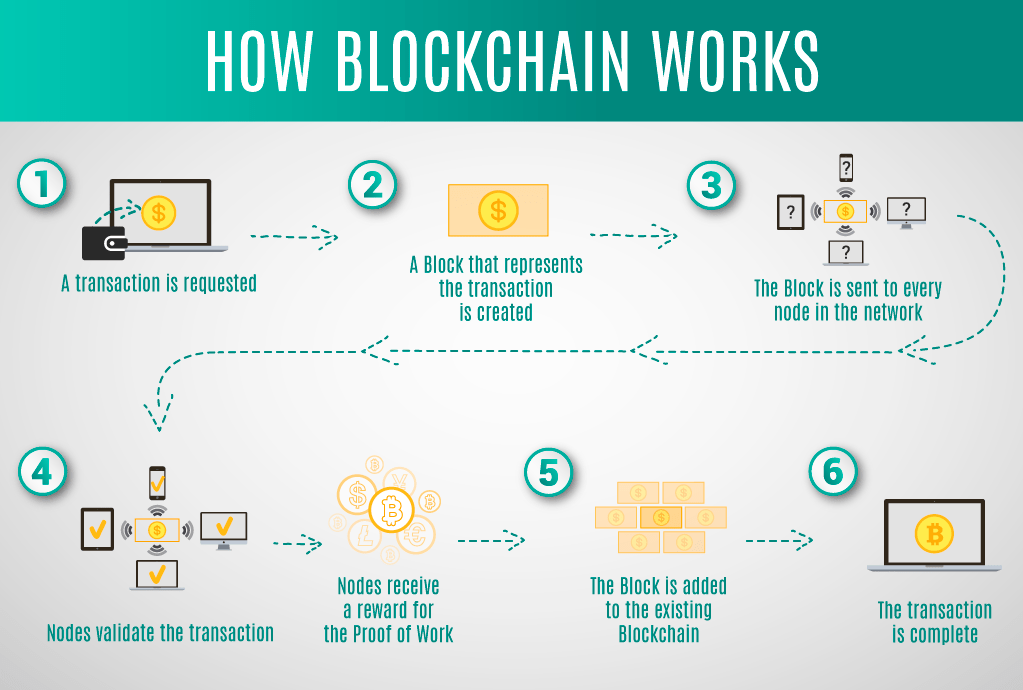
NFT Marketplaces
Since crypto and NFTs are decentralized environments, you need to find a place the community knows to sell your assets. Hence, an NFT marketplace.
These are platforms where any owner of an NFT can purchase, sell, or exchange them. To participate in a marketplace, you need the following:
- Find a platform where people and businesses sell NFTs, such as Opensea, one of the biggest NFT marketplaces available.
- Have a decentralized wallet. Most websites accept the Metamask wallet.
- Have cryptocurrency to pay for both the NFT and transaction fee after signing the smart contract.
The wallet connects directly to the marketplace. This way, you can see your unique assets in your wallet.
Transactions are processed in a matter of seconds – if the network is not congested – but it can also take up to 48 hours if the blockchain has issues.
Now, due to its decentralized nature, you must beware of scams. How can you get scammed?
You sign a smart contract every time you accept a transaction with your wallet. This agreement executes other actions after you agree. Hence, the arrangement could make your fund vulnerable to hackers.
That’s why you should always look for safe NFT marketplaces like:
- OpenSea
- Rarible
- Binance
- SuperRare
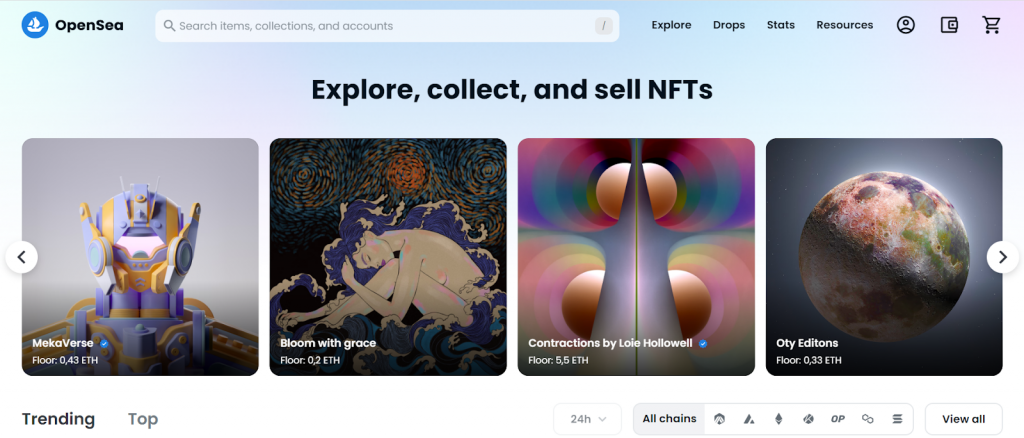
Where Are NFTs Stored? Introducing Crypto Wallets
Compared to traditional digital assets, you can’t store NFT on your computer or the cloud without specific software. This is when digital wallets come in. This piece of tech allows you to interact with the blockchain and its products, including cryptocurrencies, platforms, and of course, NFT.
Different wallets in the market will give you more or less security. These are:
- Cold wallets. Physical wallets you can get from suppliers like Ledger or Trezor. They are similar to a Pen Drive that connects to your computer so you can store crypto assets. It includes its own address, and you can combine it with online wallets to have an extra security layer.
- Online wallets. Compared to cold wallets, these don’t need a physical representation. Most of them are a Google extension or an app you can use on your phone. They connect directly to platforms like Opensea to interact with NFTs.
The main difference between one and the other is that the physical wallet is protected from potential intrusions. With the cold + online wallet combination, your assets are never in danger.
But how to know which one to use to start in the NFT world?
We recommend online wallets. They are free and easy to use if it’s the first time you want to get one. They require you to set up an account using a secret password and 12 recovery words.
Some of the best digital wallets are:
- Metamask
- Coinbase
- Trustwallet
Each wallet requires crypto to complete operations. So, for example, if you go to OpenSea to buy an NFT and it costs 0.1 ETH, you’ll pay the product cost plus a small fee for the transaction. This is a common situation in every NFT marketplace.
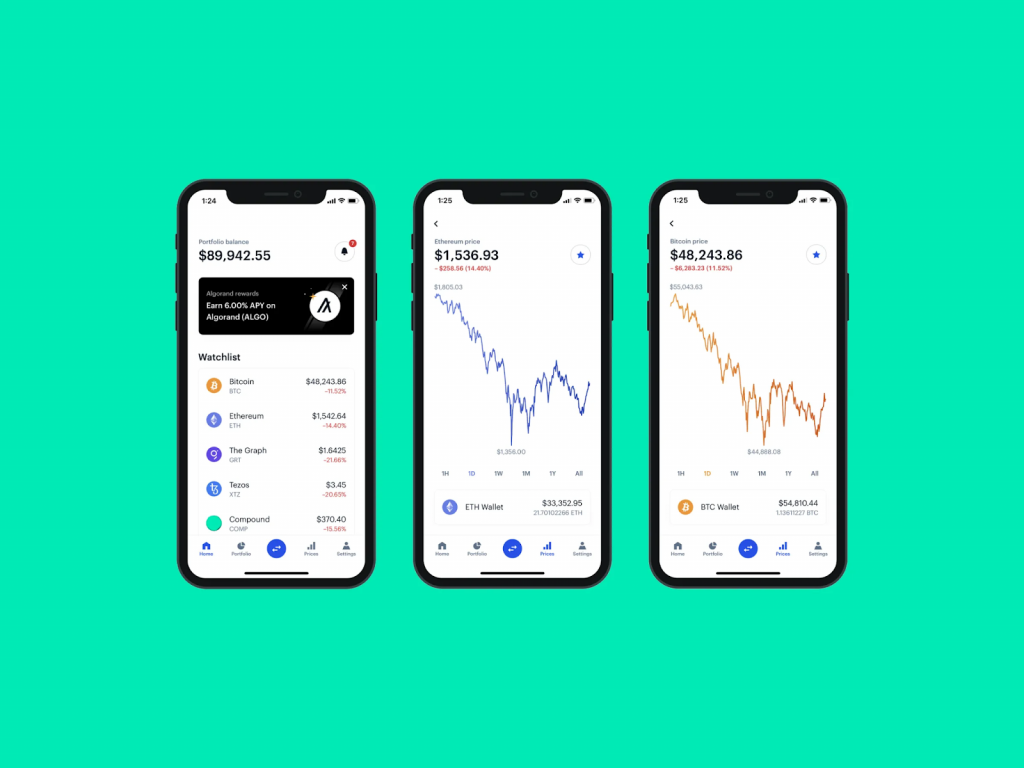
Funding a Digital Wallet
You can fund decentralized wallets like Metamask using exchanges such as Binance. Here’s how you can purchase cryptocurrency and send it to your wallet:
- Create an account.
- Verify it.
- Go to the Credit/Debit Card.
- Choose the cryptocurrency amount you want to purchase.
- Select the card and add your details.
If the operation is successful, you can transfer your funds to a decentralized wallet and purchase NFTs.
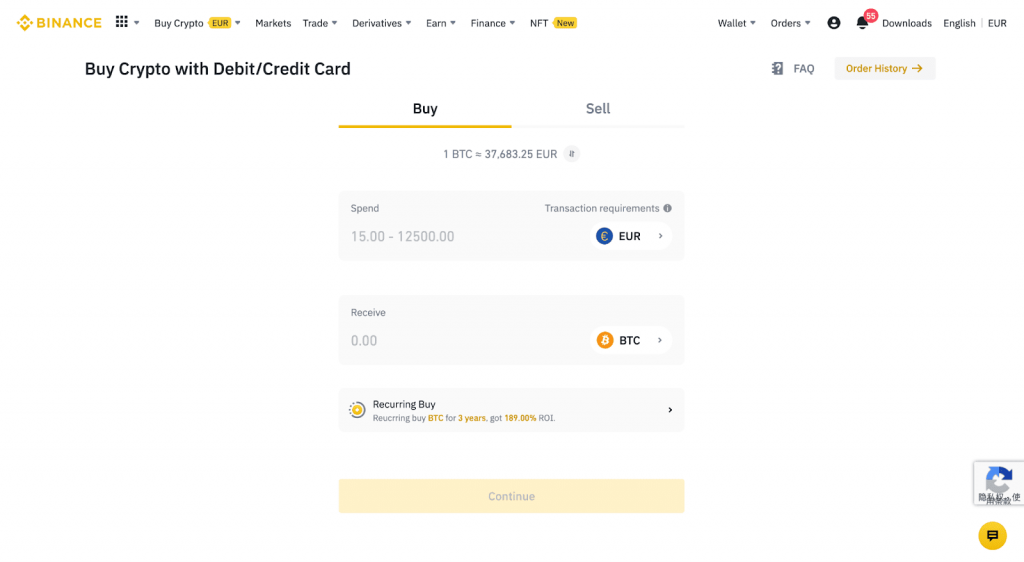
Using NFTs For Marketing Purposes
So, we’ve covered what makes NFT special and its unique features. But what’s in it for brands?
Why are brands interested in creating exclusive NFT-related communities?
Companies delve into the idea that blockchain technology as it gives them a new, closer approach to consumers. It’s not a business-to-client method anymore. As such, they invest millions of dollars in generating NFT collections that represent their brand and include exciting benefits.
For example, Ledger, a company that sells cold wallets, started its own marketplace and sold a limited NFT collection. It’s digital art created especially by Ledger to give anyone who purchases it a voice in the company.
NFT owners would also get a Black Ledger wallet along with the NFT and access to future airdrops from the company.
So, is there a real benefit for buyers, or is it just an NFT curtain to make more profits?
It depends on the person buying the digital asset. Let’s say someone buys the NFT because they trust Ledger and want to help the community grow. Then this is an intelligent personal finance move.
But, if they buy it just for bragging rights or future sales, it may not be the cleverest move.
Yes, as a Ledger fan, you can still sell your NFT and your participation in the community with it, but reputable buyers don’t do it for that. They get valuable NFTs because they trust in the brand behind them.
It’s a win-win.
The purchased NFT contributes to the story the brand wants to tell to the NFT market, the mainstream media, and the industry. This combines with videos, audio, or original artwork the company publishes to complement its marketing strategy.
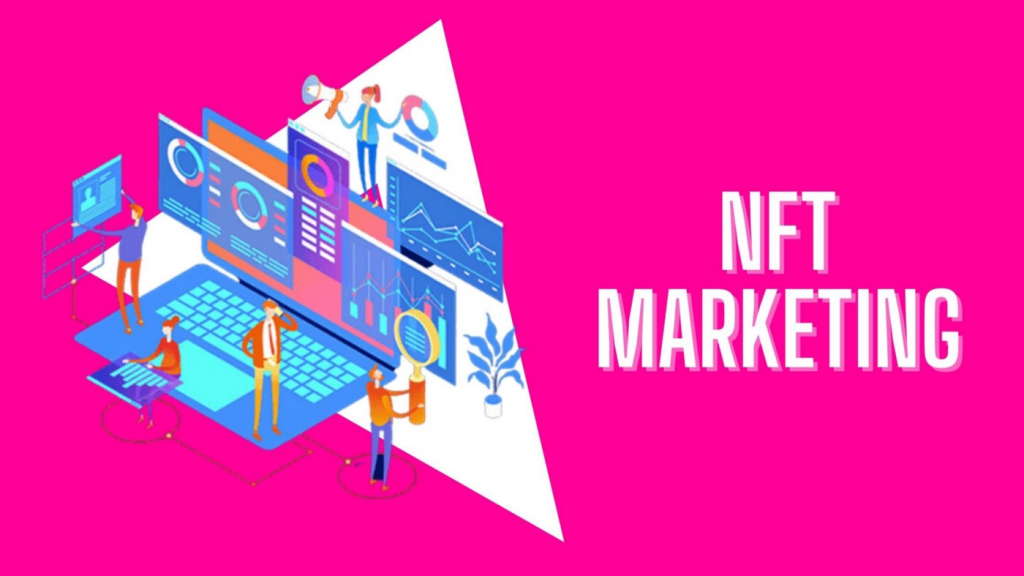
What Is the Point of Having a Unique NFT?
The point of NFT is to create an entirely new digital economy that brings straightforward answers to economic requests.
Along with the Blockchain and the possibility to connect with stores, third-party platforms, and marketplaces, you can find helpful information from a simple image. You also can use different currencies – like Bitcoin, Ethereum, etc. – to pay for the NFT instead of traditional money.
These assets can represent absolutely anything that has value, so you can use them as certificates for digital properties or other purposes that involve creativity.
Brands, artists, and regular people know this, which is why lots of NFT discussions take place in groups, AMAs, or meetings to create the NFT perfect for specific projects.
For example, the gaming industry is one of the markets where the NFT popularity increased exponentially. They already have micro-economies that give players an extra reward than just playing the game.
You can get in-game assets in titles like Fortnite and League of Legends that boost your gaming experience. For example, skins, characters, skills, etc.
Players can exchange them with other players and make real money for the transfer if the item is rare enough. The thing about these markets is that since they are not NFTs, you could have an infinite amount of rare articles, which would stop making them unique.
Hence, the price of this unit would drop due to supply and demand.
This is a common situation within in-game markets with a high volume of products.
With NFTs, the market is completely different. Rather than having saturated items, you have unique, valuable, and representative assets that can’t be altered or duplicated. This allows the fulfillment of one of the first rules for a successful economic business, scarcity.

NFTs For Dummies – Non-Fungible Tokens (NFTs) Benefits
Having your own valuable NFTs bring essential benefits. Not only as a trader but also as an artist and a brand.
There are advantages for businesses and users alike. We’ve separated them so you can find straightforward answers.
NFTs Selling For Businesses
Businesses have their own reasons for using NFT to improve brand recognition and market their products. As such, their motivations are but aren’t excluded to:
Digital Versatility
An NFT can technically be anything. From fashion, ideas, a gif, or original art. So, it’s much more than just metadata in the blockchain.
That versatility allows artists and brands to:
- Expand their horizons of business opportunities.
- Explore new ways to connect with users.
- Enhance their branding.
- Define a unique way to fund themselves.
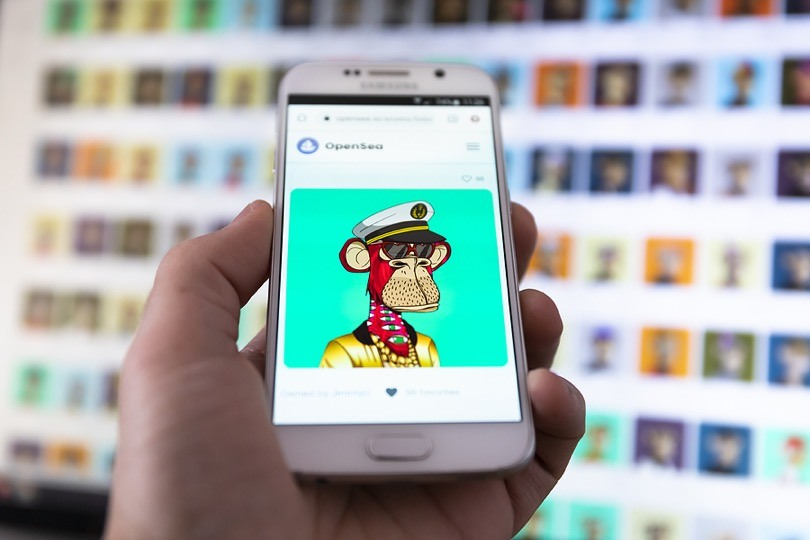
Connect Directly with Your Users
The most important benefit of NFT is not selling. It is connecting with your users and community. Traditionally, you would have to spend thousands of dollars on a marketing strategy. But now, the only resources you need are computers to develop an NFT and the usual social channels.
Not only that, when you create valuable collectibles as NFTs, you cut down costs and critical aspects from manufacturing, storing, shipping, and dealing with post-sales.
Instead, you can focus on providing a crypto lifestyle for your audience and potential customers. How do you do that? By allowing people who get the NFT to vote in your company, giving them an exclusive deal, trading or holding benefits, etc.

Find Reliable Ways To Market Products
Digital assets like NFTs give an incredible potential to build brands. And better yet, to market your product/services.
When you have an NFT community that values your company, you can bring exclusive products to them first. You also can use a few users as beta testers to get reviews, references, etc.
Doing this generates noise in the market and is a reason for users to spread their experience with you. This is called “Buzz.”

NFT Consumer Benefits
On the contrary, consumers from the NFT community have a different approach. We all want some benefits, but we also get these tokens for other reasons, such as:
Proof Of Ownership
The proof of ownership allows you to verify that you are the NFT owner. The NFT data is tied to only one wallet. So, each time sellers trade an NFT, the purchaser becomes the new owner after paying fees.
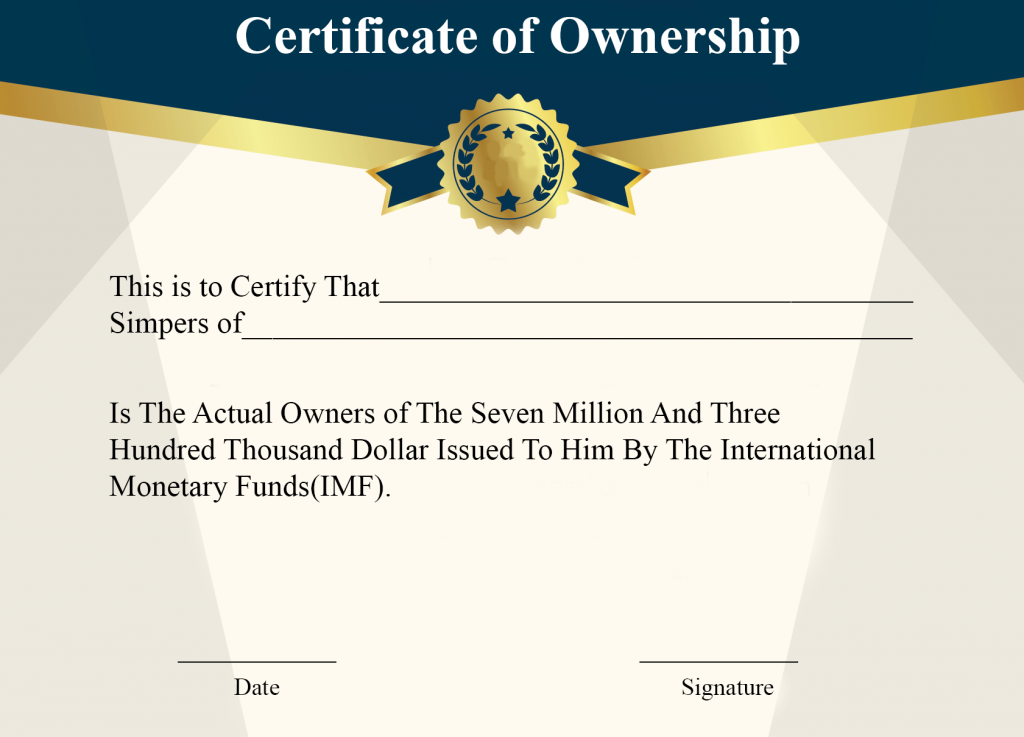
Originality Control
One of the main attractions for holders is that NFTs can’t be replaced, replicated, or duplicated. Each NFT owned is a proof of originality that ensures you successfully traded and got an NFT.
Exchangeability
The exchangeable features are important for the NFT ecosystem. You can list your token for sale in a marketplace if:
- The NFT increased its price.
- You don’t want to hold the position anymore.
- You don’t trust the project anymore.
Sellers can list their NFTs, paying a percentage of the total price through a fee.

Transparent Transaction History
Blockchain and cryptocurrencies have an important aspect, transparency. When you make a transaction (let’s say a bored ape), all your past operations are saved into the network.
This way, everyone can see your trade history.
Monetary Incentives
Let’s be honest here. Lots of people entered the NFT fever to make profits. That is something that makes sense.
Users can buy or sell their NFTs to make more money if they can trade them at the right time and price.
Community Recognition
Having an NFT gives you preferential benefits from creators and community recognition. When you hold an NFT from a company, you may:
- Have a vote in decision-making processes.
- Develop ideas to increase NFT value.
- Be recognized as part of the VIP community.
Creating NFTs As a Funding Method
Companies and artists may use NFTs as a funding method. There are multiple collectibles to create, such as:
- Arts.
- In-game items like a computer or skins.
- Virtual world real estate, like a house.
- Identity properties.
It’s an exciting and unique solution to finding capital for your business. Of course, you need to express in your white paper or the business plan that you’ll use the NFT collection as a method to retrieve resources. Otherwise, you could be charged with fraud.
The best thing to do when funding a business with NFTs is to give buyers benefits for getting your collections. That’s how they will value your tokens and will help you achieve goals according to your business plan.

Big Brands With NFTs
Let’s see a few examples of companies using NFT to boost their strategies:
Bored Ape Yacht Club
The BAYC collection is an exclusive NFT created in 2021. Each one of the tokens has different traits and appearances.
Their prices change based on rarity and aspect, so you could find apes that sell for millions of dollars. For example, the current ape floor price is 73,5 ETH – more or less 85723,05 USD.
The apes give you exclusive benefits in the community, such as in-person events or the rights to all the NFTs they own.

Axie Infinity
Axie Infinity is an interesting case. This is called the father of the NFT games. It brought a new way to play and value digital monsters.
The game’s principle is to get 3 Axies and use them to battle against bots and other players. These creatures are NFTs stored in your wallet and tied to your Axie account.
This game had a massive success and couldn’t create a sustainable economy for all the players that were getting rewards. As a result, prices had a severe drop. Back in the day, the Axie floor price was about $200, and meta creatures cost over $1,000. Building a team would cost you over $1,500.
Now, the average team price is around $20 – $30.

Sandbox
This project is an entire metaverse that has become popular in recent months. They can sell, purchase and exchange different assets like lands, clothes, etc. The wonder of this NFT project is its dynamic economy, where you create avatars and live experiences in the metaverse while collecting NFTs.
The Sandbox created a decentralized environment where people could go virtually and live a second life if necessary.
Thanks to this, the prices rose, with pieces of land costing around 3 ETH – over 3,500 USD. Big brands like Adidas have entered the game to have closer contact with users and interact with them while offering their products.

Taco Bell
Taco Bell also entered the NFT universe but had a different approach. This company doesn’t have a virtual land or anything like that. They created a unique collection of NFT gifs and leveraged them in their marketing strategy.
Their approach was simple, selling all their tokens at $1 and donating royalties to their foundation to help people with scholarships.
This is social responsibility taken to a new level. Not only because it gives them incredible brand recognition but also because their gifs continue to resell.
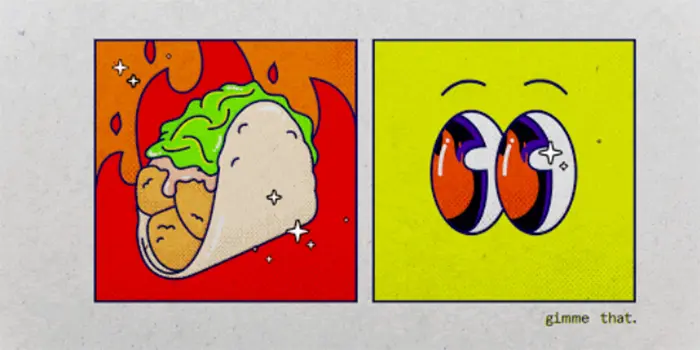
NFT For Dummies – Summary
NFTs are here to change the world. Whether it’s virtual land, virtual real estate, or digital artwork, their values as digital assets are undeniable. Thanks to blockchain tech, the NFT world brings a new way to see markets – like the gaming industry.
Their community-driven value, decentralized nature, and authenticity have created the “Mona Lisa” of cutting-edge tech.
You can also see its application in other sectors to create unique assets, original artwork, digital versions, physical documents, objects, and more.
Thanks to our guide, you’ve learned why NFT art offers so much for the community and why it’s so valuable.
If you’re into NFT, you can start creating crypto collectibles and sell them in the OpenSea marketplace or elsewhere.

SEO enthusiast and digital marketing strategist. My expertise lies in optimizing websites for organic traffic growth and search engine visibility. I carry out, among others, SEO tests, keyword research and analytical activities using Google Analytics. Privately, he is a lover of mountains and bicycle trips.

